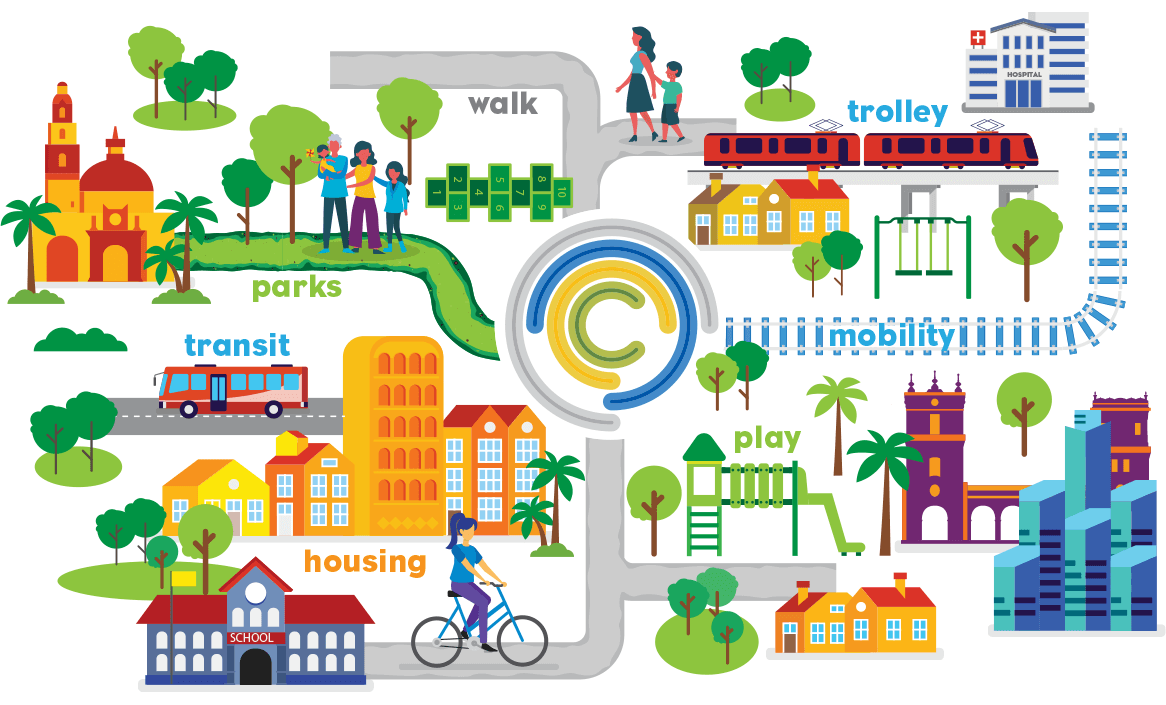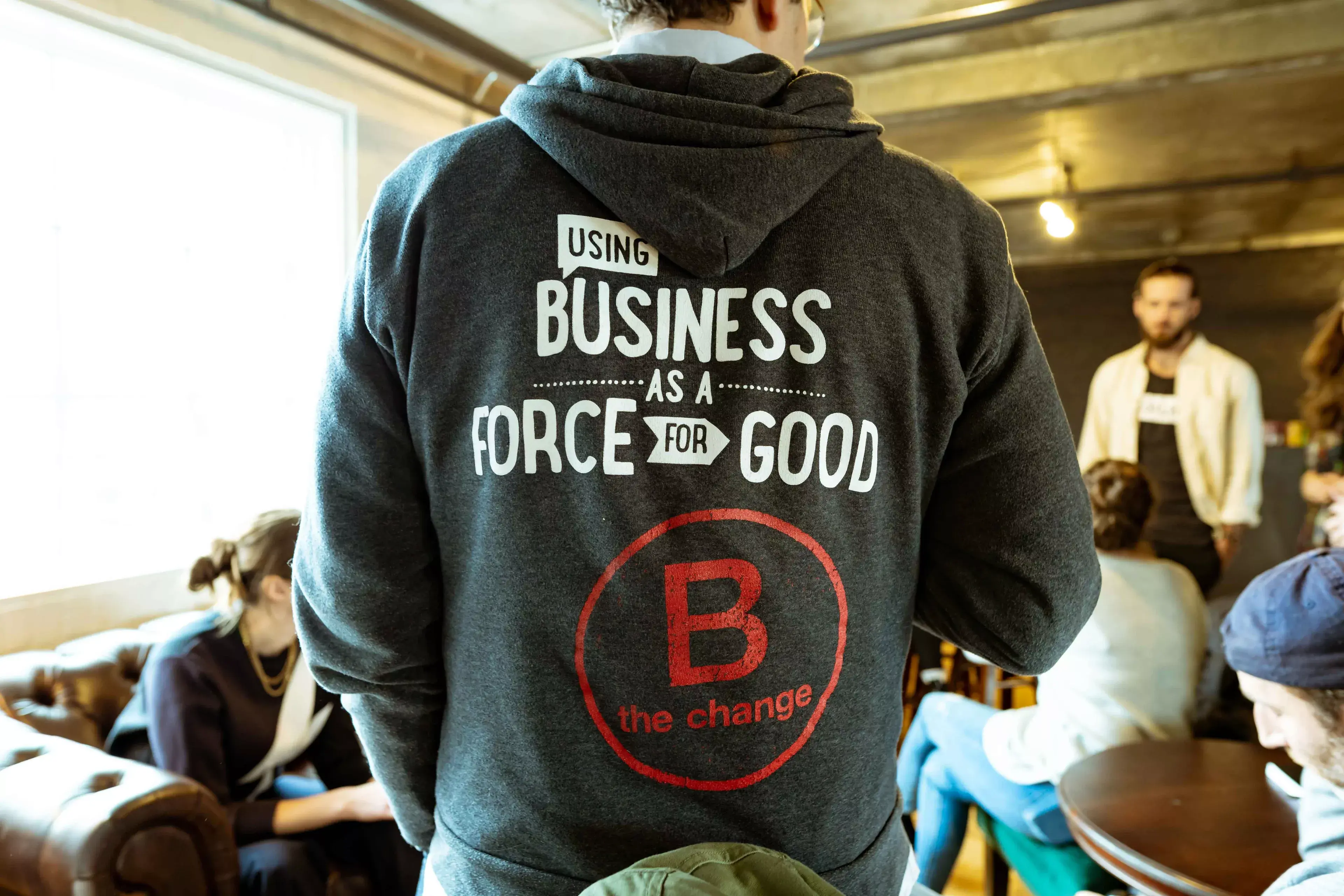
As the UK’s social value agenda continues to shape public sector procurement, businesses are increasingly required to deliver not just products and services, but also measurable contributions to societal well-being. Central to this is the UK government’s Public Services Social Value Act, which introduces the Model Award Criteria (MAC), guiding organisations to incorporate social value in the procurement process.

Understanding MAC 2.3 in the Context of Tackling Economic Inequality
MAC 2.3, under Theme 2: Tackling Economic Inequality focuses on creating new businesses, new jobs, and new skills, while addressing educational attainment, especially in areas with skills gaps. Specifically, MAC 2.3 looks at how businesses can support educational attainment through training schemes that directly result in recognised qualifications. It provides an exciting opportunity for innovation through apprenticeships, T-Level work placements, and other education-focused initiatives. The unemployment rate for young people aged 16 to 24 increased from 12.2% in 2023 to 13.9% in 2024, a rate that has been consistently higher than the national average. This disparity underscores the strong need for targeted initiatives to address the barriers young people face in securing employment.
In today's competitive market, businesses that are innovative in their approach to MAC 2.3 can not only stand out from competitors but also position themselves as leaders in social responsibility. By leveraging apprenticeships and T-Level work placements, companies can make a real impact on communities while creating sustainable pathways for future talent. Innovation in these areas not only meets the growing expectations of government and stakeholders but also attracts a diverse, future-ready workforce that strengthens the company’s long-term success.
10 Ways to Innovate Your Impact Around MAC 2.3 So You Stand Out:
1. Create Tailored Employment and Training OpportunitiesTailored employment and training opportunities are a game-changer for addressing specific community needs. By designing apprenticeship schemes that align with high-demand sectors such as renewable energy, healthcare, or advanced manufacturing, businesses can bridge skills gaps while ensuring sustainable economic growth.
Customising these programmes for underrepresented groups—such as young people from disadvantaged backgrounds or those with disabilities—not only drives inclusivity but also strengthens your position as a socially responsible leader. Imagine a programme where apprentices receive specialised support, including one-on-one mentoring, mental health resources, and tailored career pathways. Such initiatives directly contribute to the wider aims of MAC 2.3 by creating accessible opportunities for those most in need.
2. Focus on Diversity, Equity, and Inclusion (DEI)
Prioritising DEI in apprenticeships isn’t just about compliance—it’s about unlocking potential. As of 2024, women made up only 14% of the UK’s construction workforce, and people of colour remain underrepresented in several STEM fields. Businesses can innovate by designing DEI-focused apprenticeships, offering tailored opportunities for these underrepresented groups.
For example, a tech company might create a coding bootcamp for women and girls from low-income households in the UK. Such schemes not only empower participants but also enhance organisational culture by fostering diverse perspectives. DEI isn’t a tick-box exercise; it’s a transformative tool that helps businesses drive real change while staying competitive in a rapidly evolving job market.
3. Introduce Green Apprenticeships
With the UK government committing to net-zero emissions by 2050, green apprenticeships are a future-proof innovation. These programmes focus on equipping individuals with skills in renewable energy, sustainable construction, and green technology.
The demand for green skills is rapidly increasing, with reports suggesting that the green economy could contribute an additional £60 billion to the UK’s GDP by 2030. By offering green apprenticeships, businesses not only align with national priorities but also attract environmentally conscious talent, strengthening their brand and social value contributions.
4. Support Recognised Qualifications and Digital Badges
MAC 2.3 specifically highlights the importance of supporting educational attainment, ensuring that training schemes lead to recognised qualifications. T-Level work placements are designed with this in mind, providing students with real-world experience alongside their academic studies. Businesses can innovate by offering work placements that integrate hands-on training with academic learning, allowing students to build a portfolio of recognised qualifications. For instance, a construction company could collaborate with local schools to offer T-Level placements, where students receive both classroom-based learning and on-the-job training in construction techniques, project management, and health and safety.
Digital badges could also be the next step in making these achievements visible and verifiable. Digital badges allow apprentices to showcase their skills in a modern, portable format, making them particularly appealing to younger generations entering the workforce. For example, an engineering firm might issue badges for completing specific modules, such as CAD design or safety certifications. These badges can be shared on platforms like LinkedIn, helping apprentices stand out in a competitive job market.
5. Facilitate Dynamic Collaboration
The social value model encourages co-design and co-creation, where businesses actively engage with local communities and stakeholders to ensure the programmes that they develop meet the specific needs of those they are aiming to support. Businesses can partner with local colleges, community organisations, and other businesses to co-create apprenticeship schemes and T-Level placements that reflect both community needs and industry demands.
Dynamic collaboration also opens the door to shared resources. Small businesses could join forces to create joint apprenticeship hubs, pooling expertise and funding to provide high-quality training opportunities. This cooperative model not only amplifies impact but also strengthens local economies by fostering an ecosystem of mutually beneficial partnerships.
6. Launch Micro-Apprenticeships
Micro-apprenticeships, offering short-term, focused training, are ideal for individuals who need quick upskilling to re-enter the workforce. With the rise of automation, many workers are being displaced from traditional roles and require new skills to stay employable.
For example, a digital marketing agency could offer a 12-week apprenticeship focusing solely on social media analytics. This agile approach appeals to businesses looking for rapid results and to participants seeking accessible, bite-sized opportunities to enhance their careers. Micro-apprenticeships are an excellent way to stay competitive in fast-paced industries, addressing immediate needs while fostering long-term innovation.
7. Offer Multi-Industry Apprenticeships
Breaking down silos and offering cross-sector apprenticeships gives participants a unique competitive edge. For instance, a healthcare organisation could partner with a tech company to train apprentices in telemedicine—combining healthcare expertise with digital innovation.
Multi-industry apprenticeships prepare individuals for careers in emerging fields where hybrid skills are in high demand. As industries converge due to technological advancements, such programmes ensure that apprentices remain adaptable and equipped for the future workforce.
8. Leverage Technology for Advanced Training
Harnessing cutting-edge technology, such as Virtual Reality (VR) and Artificial Intelligence (AI), transforms apprenticeship training into immersive, hands-on experiences. AI-powered learning platforms can personalise training by analysing individual progress and adapting the curriculum in real-time. This ensures participants receive tailored support, boosting both engagement and outcomes.
Partner with EdTech startups to integrate the latest tools into your programmes. For example, you could use AI-driven career assessments to match apprentices with roles that align best with their strengths or use virtual classrooms for remote learning.
9. Start an Alumni Network
Building an alumni network creates a lasting connection between businesses and former apprentices, turning them into lifelong ambassadors. Alumni networks can provide ongoing mentorship, career guidance, and exclusive access to advanced training opportunities.
For instance, you could host annual alumni meetups, fostering a sense of community and encouraging networking. By maintaining these relationships, businesses build a pipeline of skilled, loyal professionals while showcasing the long-term success of their programmes.
10. Provide International Apprenticeship Exchanges
Offer apprentices and students the chance to gain global experience through partnerships with international companies or non-governmental organisations (NGOs). For example, a tech firm could send apprentices to work on digital transformation projects in low or middle-income countries (LMICs), combining skills development with global impact.
By implementing these innovative strategies, your business can lead the way in inclusivity and social impact, meeting the high expectations of MAC 2.3 while shaping a brighter future for communities and industries alike.
A Note on Monitoring & Evaluation Reporting:
To meet the expectations set out under MAC 2.3, you must be able to measure, monitor, and report on the impact of their apprenticeship and T-Level programmes. This requires developing clear key performance indicators (KPIs) that align with the broader goals of tackling economic inequality. These might include metrics like the number of apprenticeships created, the percentage of apprentices who successfully complete their training, and the number who gain full-time employment after completion. Regular reporting and feedback mechanisms should be implemented, ensuring you are not only meeting obligations but continuously improving your approach. This could include conducting surveys with apprentices and T-Level students, gathering feedback from local communities, and tracking progress against the initial goals set out in the project plan.
Next Steps
At transformacy, we are dedicated to helping businesses maximise their social value impact by aligning with frameworks like MAC 2.3. Our tailored solutions help you embed social value into your operations, ensuring long-term, positive outcomes for both your business and the communities you serve. Partner with us so that we can help you to unlock the full potential of your projects and make a lasting difference. For further information please download our free guide to Social Value and Public Sector Tender Checklist or Contact Us today to start innovating around social value.



